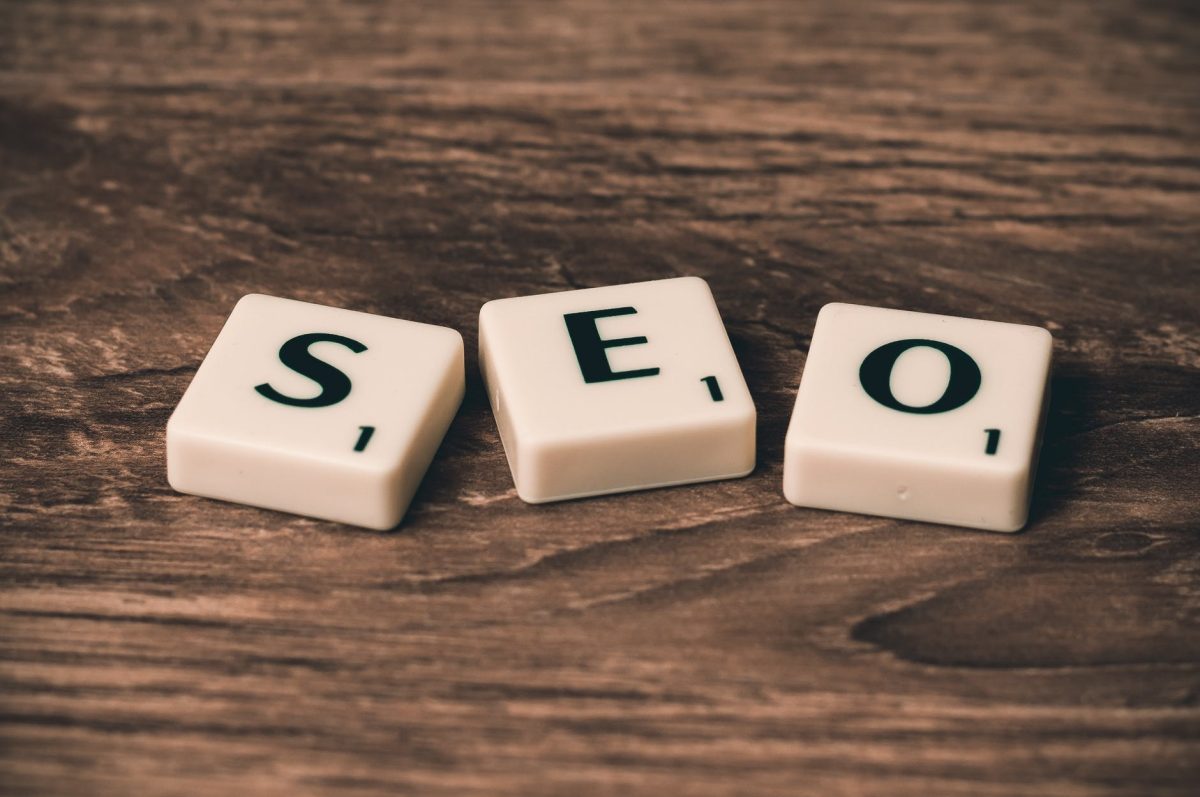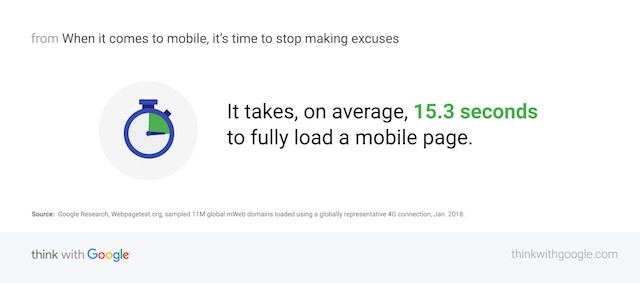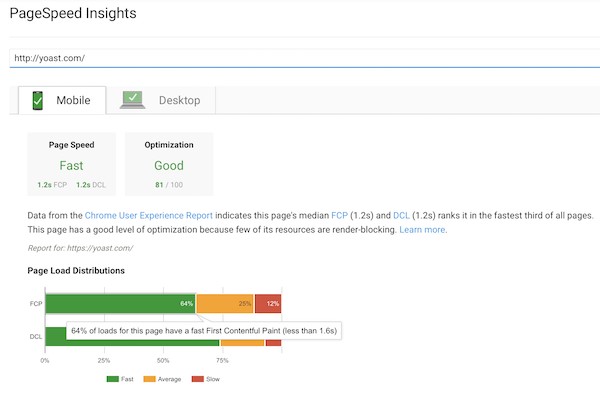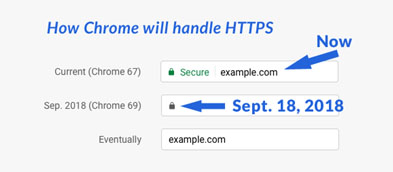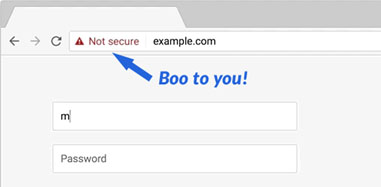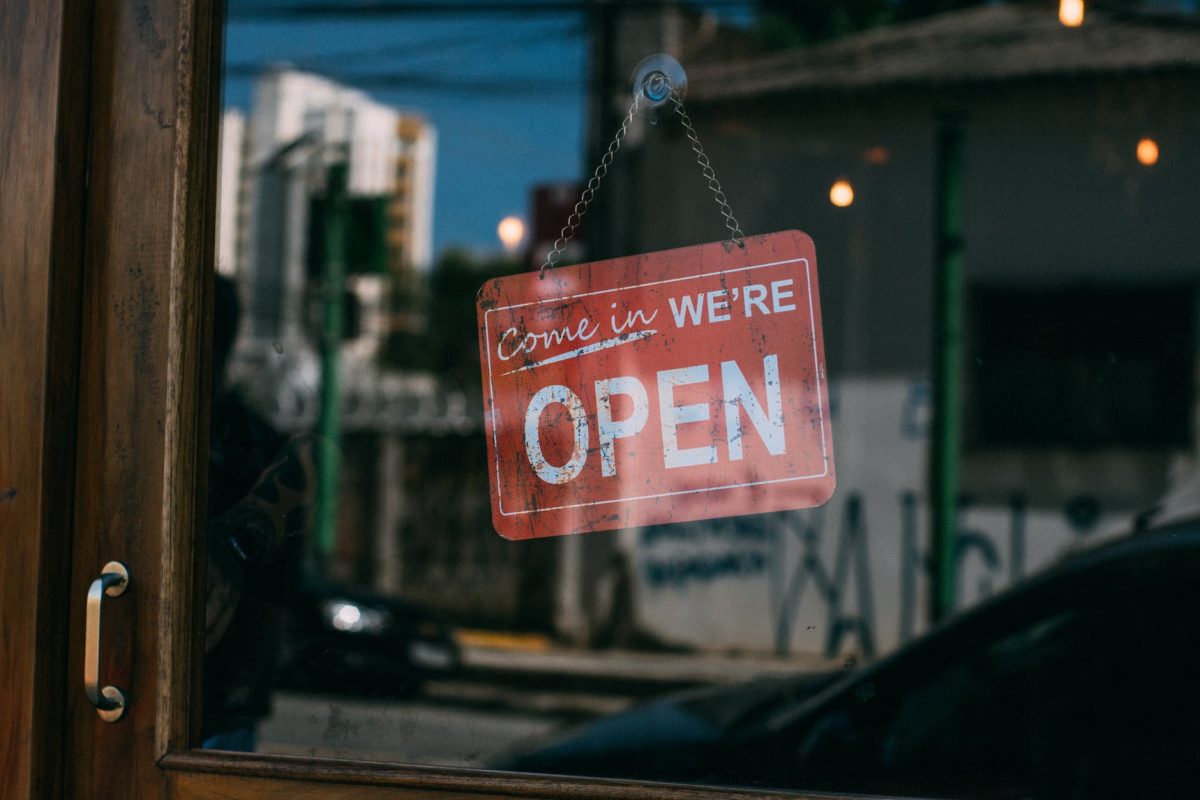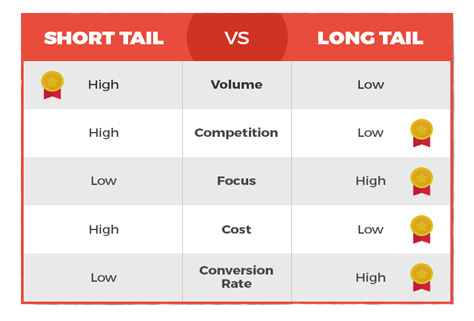You want your business to thrive, right? Looking to increase your credibility and exposure to potential customers? Need an easy way to drive revenue? Good news! There is a simple answer to get your business on the right track and one that might seem like common sense.
In order to achieve all the above goals, you need to ensure you company has a website. I know, you’re thinking, of course, everyone knows you need a website today. So, you did the due diligence and launched a website for your business. But what if that website doesn’t seem to be performing for you like it should? Just having a website doesn’t mean customers are automatically going to flock to your business. Having a website is like having a storefront without a sign. You have a location that allows people to do business with you. The only problem is, they don’t know who you are, where you are located, and what you do. That is why business owners invest in signage, marketing, product placement, and, of course, a website.
So, you know you need a website, but just like with a storefront, your website must be a great representation of your business and what you stand for.
Here are 7 must-haves with your website:
1. Responsive Website Design
Responsive web design simply means your website automatically conforms to the best user experience, regardless of the device. 70% of website traffic comes from mobile devices. To stay on top of your competition, your website must have a comparable user experience across all devices, whether mobile or desktop.
2. Clear Navigation
Think about your own experience on a poorly designed website. You are trying to find contact information or specific content about the company’s services and yet, you get lost in a never-ending scroll and click monstrosity of annoyance. You end up leaving that website to find a competitor with a clearer direction. People are looking for quick, simple, and efficient. Having a clear navigation path on your site will enable a better user experience, as well as aid in your search engine optimization growth.
3. Content, Content, Content!
When it comes to your website, content is king! You must infuse high quality, engaging content to attract your ideal consumer AND keep them on your site. People coming to your site have a problem in which they are hoping for your products or services can solve. Say they need a new roof. They want to investigate a bit to see if it is the best company to hire to replace their roof. They want to know you have knowledge and experience in the area. They want to be sold on the fact that your company is the best in the business when it comes to roofing. That is all done with content. Content is what draws the customers to your website. Relevant and engaging content is what pulls your website to the top of search engine results. Content is what is going to set you apart from your competition.
4. Thoughtful Design
You always want to be thinking about the user experience when it comes to your website design. Having an explosion of colors, a gazillion pictures, and 24 various fonts and sizes will make any visitor dizzy and drive them right onto the pages of your competition. Your color pallet, images, and content should all be placed with purpose throughout your site and guide the user to the information you want them to focus on. Think of it like a road map, guiding your ideal customers to exactly what you want them to do.
5. Customized Call-To-Action Buttons
Also referred to as CTAs, this is one of the most critical parts of your website. Call-to-action buttons guide your customer to interact with you in a preferred manner. It could guide them to fill out a form, or maybe to call now, (which they can do right from your site!). Maybe it is to complete a sale right on your site if you are an ECommerce business. Your call-to-action buttons are a subset of your well thought out design. They remind your customer to engage with them and further their interaction with your business to get closer to the sale.
6. Consistency
It might sound repetitive, but consistency is so important for a good user experience. Consistency on your website means that your colors, images, content, navigation, messaging, and overall message has a cohesive flow throughout the entire site. When a customer lands on your website, whether they land on your home page or a product page within your site, they should know right away what business site they are on, what you do, and how you can solve their problem. A great deal of this will focus on your brand messaging, a topic we will explore deeper in a separate blog.
7. Engaging Visuals
There is an old saying in marketing that is still true today. If you were to remove all the text from an advertisement, a customer should still be able to tell you what you do or what you are selling based solely on the image used in that ad. The same is true for your website. The first thing people will focus on is one that lands on your site if the images. Your images need to tell a compelling story. Much like your content. They need to be engaging and purposeful in both placement and messaging.
Another concept to embrace is video. People are 10 times more likely to engage with a video versus a static image. You are allowing people to learn about your business, what sets you apart, and pull them in with compelling content – all at the ease of watching a video. A well-executed design that incorporates both static images with thoughtful and poignant video will take your website to the next level.
Just like your food in your refrigerator, don’t keep your website past its expiration date. Websites created in the 90s and early 2000s are in desperate need of a refresh! Technology changes quickly today. For your website to stay relevant and be found by customers online, you need to keep your content fresh and your platform and design current to your customers standards.
How Can You Get Your Website to Attract More Customers?
Perfexion is a full service, interactive agency. We harness the power of great design, the most advanced technologies, and strategic branding to enhance your professional presence across the web and beyond. Click here to get a FREE website audit and customized solutions for your business.


